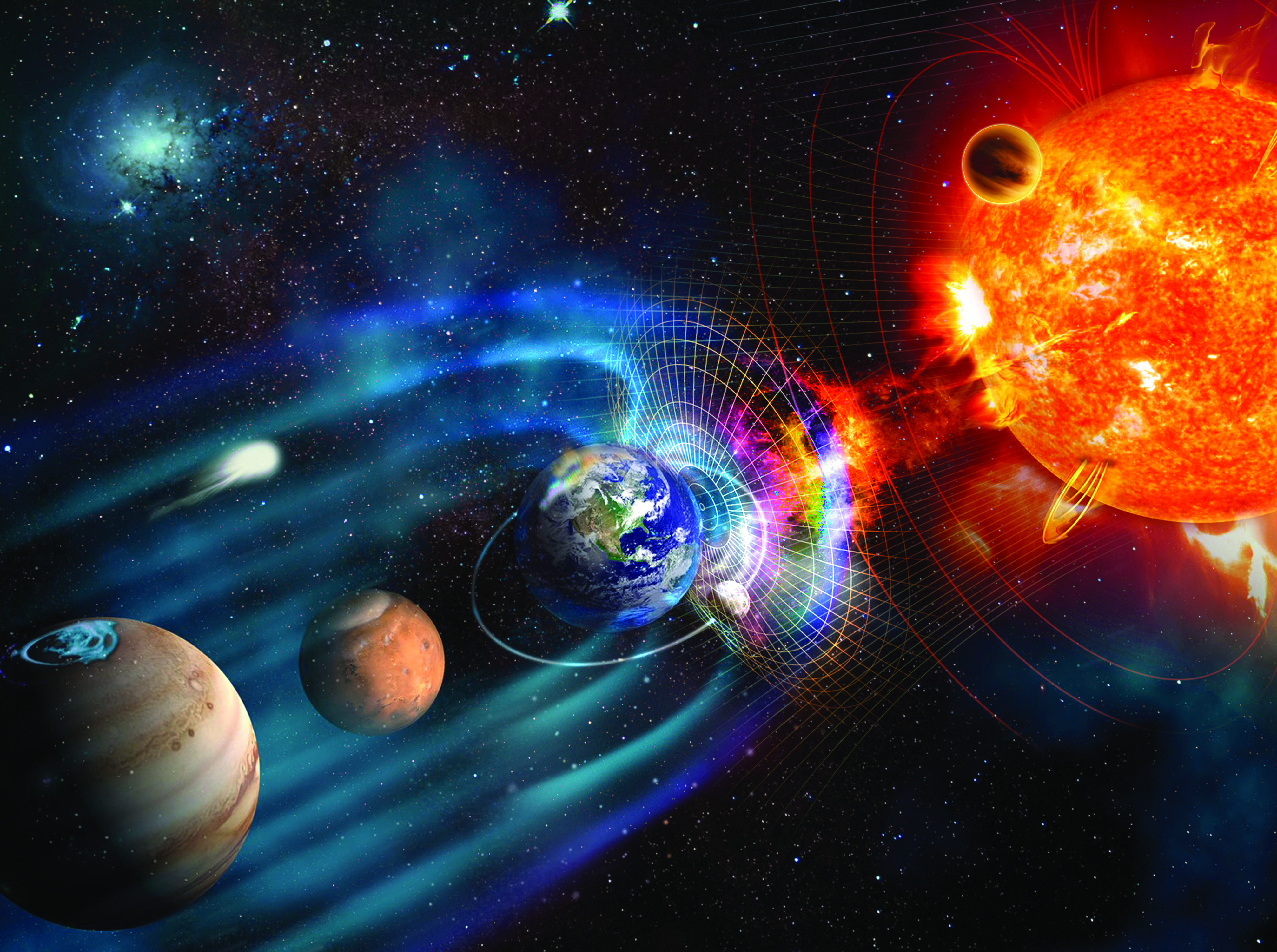ATTI’s legal expert discusses how cosmic radiation from space could cause commotion in the courts should the operation of electronics in self-driving vehicles be affected.
Engineers have many ideas – it’s what they do best. Some of these ideas may become hypotheses, and some may even become theories. In engineering, words like ‘idea’, ‘hypothesis’ and ‘theory’ are never interchangeable. Each word says something specific about the level of corroborating evidence of the notion that the engineer has just shared. Lawyers are far less precise, but even so, one of their better-chosen words is that they ‘contend’. From the mouth of a lawyer, the words “I contend” usually mean, “I have no reliable evidence that this is the root cause but it is impossible to eliminate, and I have nothing else, so I’m going with it”.
The unintended Toyota acceleration saga in 2009 was a case in point; actually, several cases. Numerous Toyotas drove into various obstacles, allegedly without any driver input causing them to do so. In the litany of litigation that followed, various versions of events were offered to juries in the USA.
Those representing the auto maker contended that the root cause was a special type of pilot error known as HFD, or heavy-footed driver syndrome. Meanwhile, on the plaintiff’s side, lawyers argued that the root cause was a bug in the electronics. Admittedly, no one ever found the offending bug, but equally, no one could eliminate it. Years later, other commentators said that the culprit was deeply carpeted floor mats (another contention). But none of this mattered because, after all, the ‘bug in the electronics’ was only a contention, not a hypothesis or a theory. Meanwhile, by definition, this was almost impossible for engineers to test for in FMEA and validation work, and equally hard to find in post-accident investigation.
In the world of product liability, any version of events that is impossible to eliminate is a magnet to a plaintiff’s lawyer. So, the question that arises is whether the advent of Level 4 and Level 5 autonomy will consign the ‘bug in the electronics’ to history or give it a new lease on life. My guess is the latter. Indeed, it is a fair guess that driverless vehicles, with their extensive electronics packages and interconnected software, will be a perfect scenario for such contentions.
This just leaves one question: How did the bug in the electronics get there? This is where the plaintiffs’ bar may have found a new friend – the cosmic ray. These subatomic particles crash into Earth’s atmosphere at the speed of light and then break into smaller fragments. Why are they a cause for concern? Because they are electrically charged and have the power to cause electronics to ‘bit flip’, which is a malfunction that turns a ‘1’ into a ‘0’ in a computer’s binary code. The chances of this happening to an autonomous car are said to be vanishingly small, but like any other bug in the electronics, impossible to eliminate. That will be enough for a plaintiff’s lawyer in need of a contention. Indeed, it’s a line of reasoning that goes back to the greatest accident investigator of all – Sherlock Holmes – who said, “When you have eliminated the impossible, whatever remains, however improbable, must be the truth.”



